Introduction PEST analysis is a strategic tool used to understand the external factors that can impact an organization or industry.
Continue reading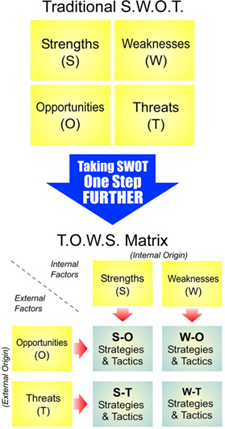
Strategic Planning with SWOT Analysis: Maximizing Benefits and Minimizing Risks
Introduction to SWOT Analysis SWOT analysis is a strategic planning tool used to identify and evaluate the Strengths, Weaknesses, Opportunities,
Continue reading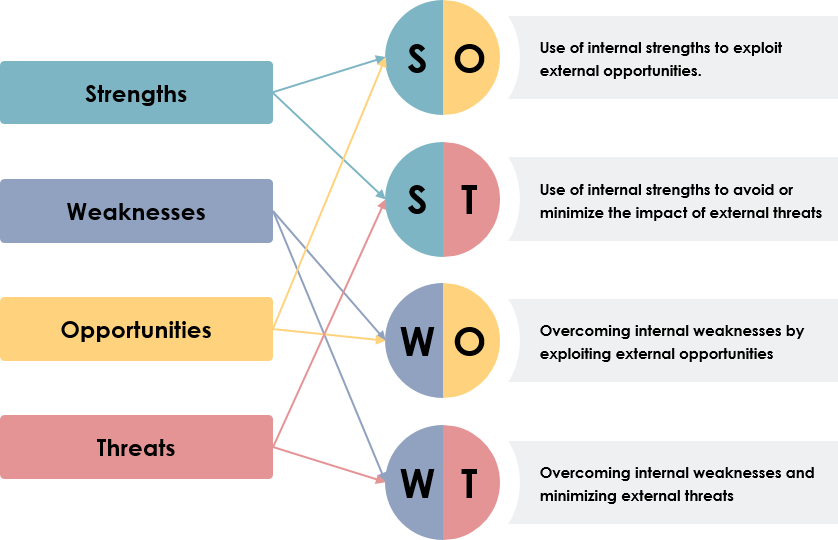
Strategic Planning with SWOT Analysis: A Practical Example
Introduction SWOT analysis is a strategic planning tool used to identify and evaluate the Strengths, Weaknesses, Opportunities, and Threats involved
Continue reading
Understanding SWOT Analysis: A Comprehensive Guide
Introduction to SWOT Analysis SWOT analysis is a strategic planning tool used to identify and analyze an organization’s strengths, weaknesses,
Continue reading
Comprehensive Case Study: SWOT Analysis for Strategic Planning
Introduction to SWOT Analysis SWOT (Strengths, Weaknesses, Opportunities, and Threats) analysis is a strategic planning framework that enables organizations to
Continue readingOptimizing Term Development: Insights from a SWOT Analysis
Introduction to SWOT Analysis SWOT analysis is a strategic planning tool used to identify and evaluate the strengths, weaknesses, opportunities,
Continue reading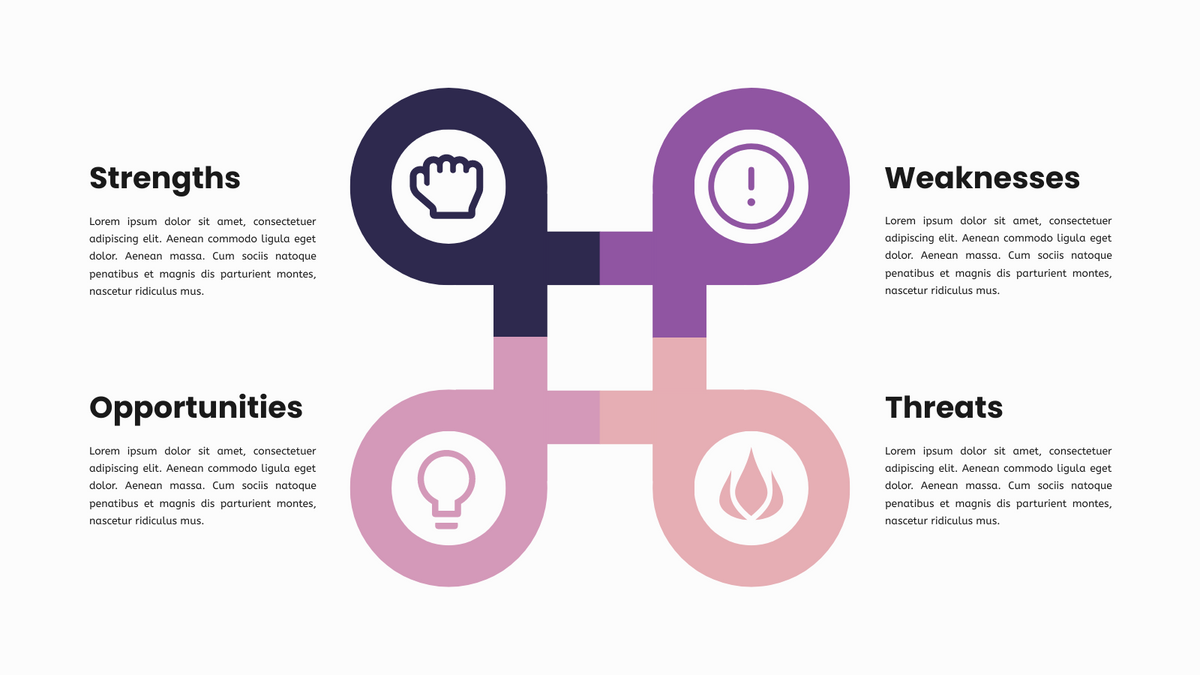
Comprehensive Guide to SWOT Analysis
SWOT Analysis is a strategic planning tool used to identify and evaluate the Strengths, Weaknesses, Opportunities, and Threats involved in
Continue reading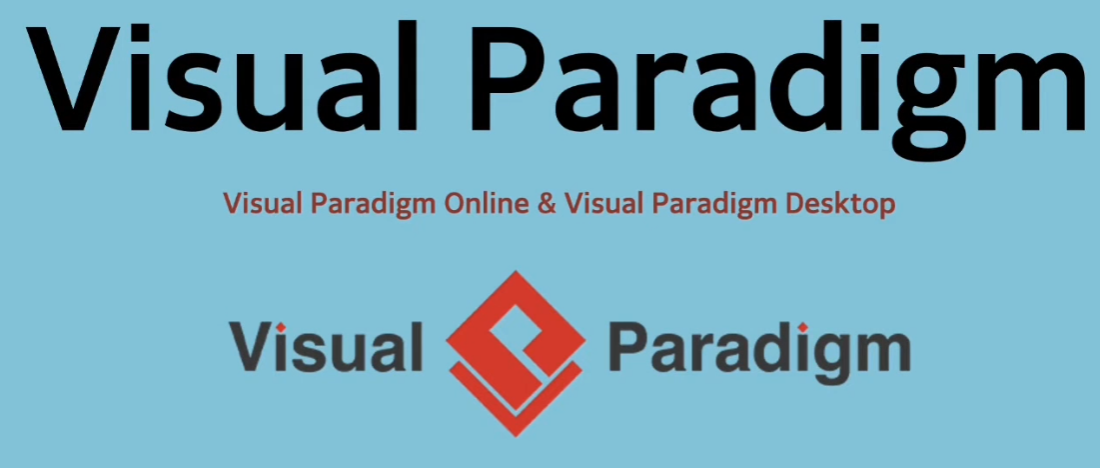
Comprehensive Guide for Beginners: Adopting UML as a Tool for Development Teams
Introduction Unified Modeling Language (UML) is a standardized modeling language used to visualize the design of a system. It is
Continue reading
Comprehensive Guide to Learning and Sharing Experiences with Visual Paradigm’s All-in-One Platform
Introduction Visual Paradigm is a powerful all-in-one platform designed to enhance team collaboration and streamline the modeling process. This guide
Continue reading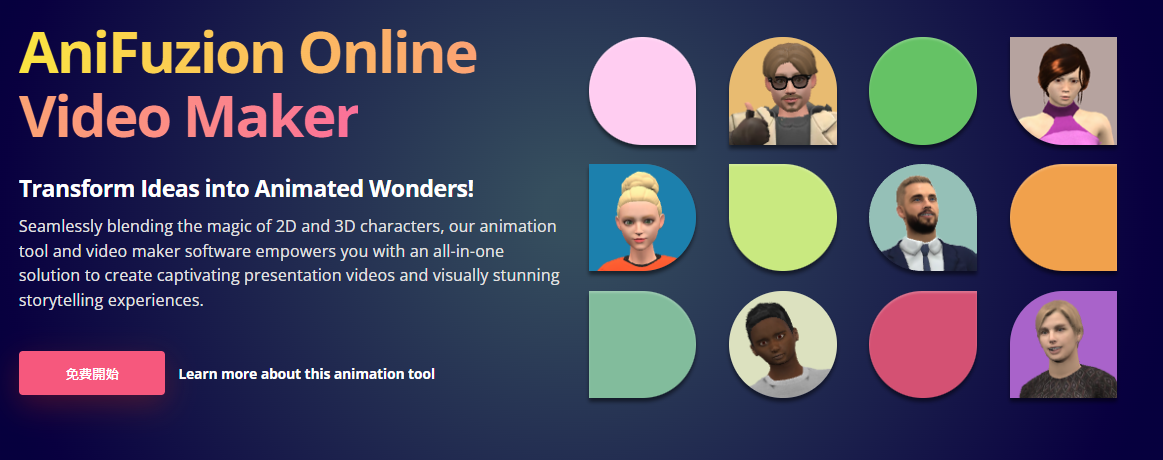
Sharing My Journey with AniFuzion: Creating a Stunning Animated Video Presentation
After successfully completing my learning journey with AniFuzion, I am thrilled to share my experiences and the stunning animated video
Continue reading